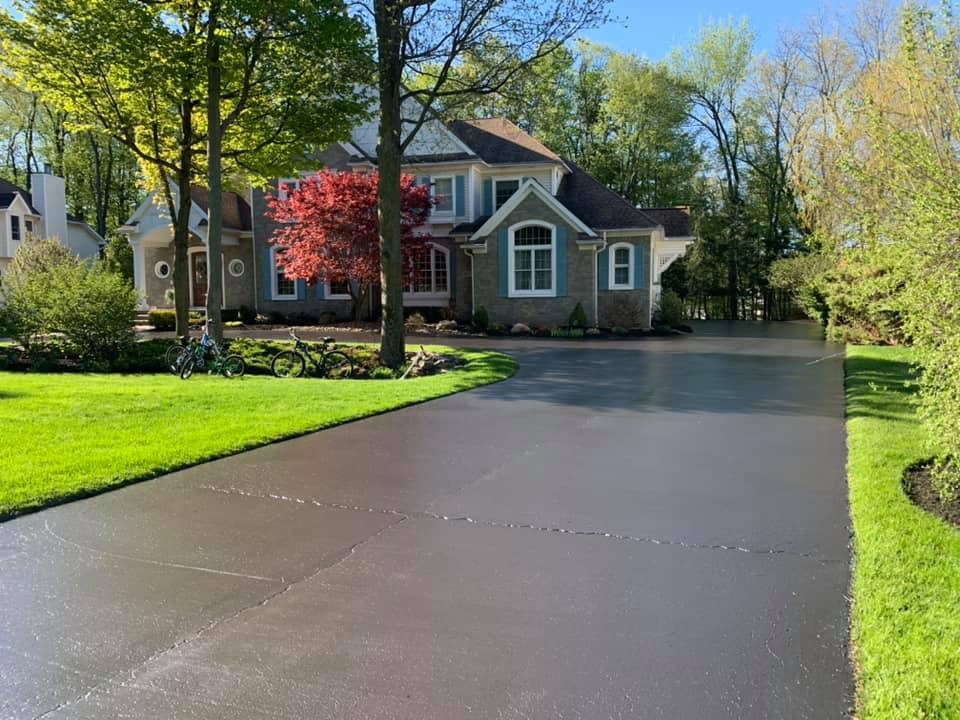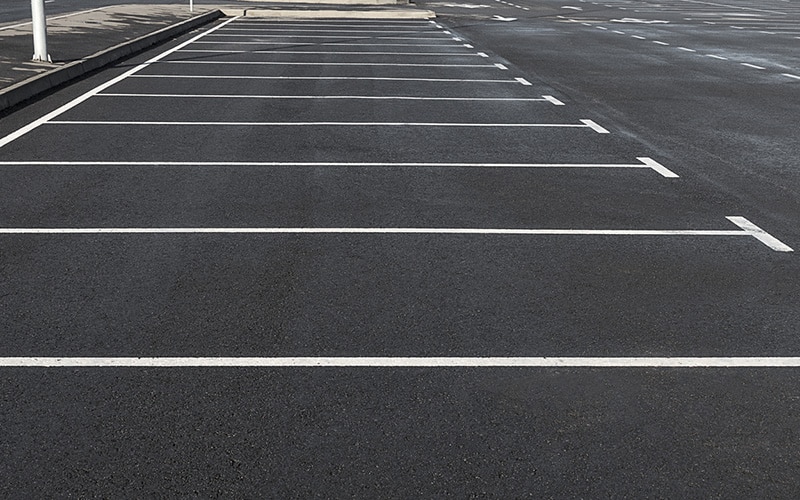Lengthen Sidewalk Life Expectancy: Ingenious Cold Mix Asphalt Sealing
Wiki Article
Cold Mix Asphalt Vs. Hot Mix Asphalt: Which Is Right for You?

Make-up Distinctions
Cold mix asphalt is generated by emulsifying the asphalt binder with water and an emulsifying representative prior to mixing it with aggregate. The hot mix asphalt production procedure entails warming the aggregate and asphalt binder independently before incorporating them at the asphalt plant.
Furthermore, chilly mix asphalt often tends to be less thick and more versatile than hot mix asphalt. This adaptability makes it far better matched for locations with greater levels of movement, such as driveways or roads with hefty website traffic. In comparison, warm mix asphalt is known for its high resilience and resistance to rutting and cracking, making it a preferred choice for freeways and high-traffic roadways where durability is essential.
Installation Process Variances
The procedure of setting up cool mix and warm mix asphalt exhibits notable variances in their procedures and requirements. In comparison, warm mix asphalt requires an extra fancy setup process. Due to the heating demands, hot mix asphalt setups are generally brought out by professionals with customized devices, ensuring a more structurally sound and irreversible outcome.Resilience and Long Life Aspects
When considering asphalt options, resilience and longevity are vital aspects to examine for lasting sidewalk performance. Hot mix asphalt (HMA) is known for its extraordinary resilience and longevity. The heats throughout the mixing and laying procedure permit much better compaction, resulting in a denser and more powerful sidewalk structure. This leads to HMA being more resistant to rush hour lots, extreme weather condition conditions, and the effects site web of aging contrasted to cool mix asphalt (CMA)
In terms of long life, HMA typically exceeds CMA because of its superior strength and resistance residential properties. HMA pavements have a longer solution life, requiring less frequent repair work and upkeep, which can translate to cost financial savings in the lengthy run. Furthermore, HMA sidewalks are more quickly personalized to meet specific task needs, even more boosting their sturdiness.
Price Considerations
Taking into consideration the monetary implications is an essential element when evaluating the option in between hot mix asphalt (HMA) and cold mix asphalt (CMA) for pavement projects. While the first expense of warm mix asphalt is typically greater than that of cool mix asphalt, HMA commonly offers a more cost-efficient option in the long run due to its exceptional durability and durability.In addition to product costs, it's important to consider the expenses connected with installation and upkeep when comparing HMA and CMA. Eventually, the decision in between HMA and CMA should take right into account not just the first price however likewise the long-lasting financial implications to figure Continue out the most cost-efficient alternative for the details pavement task.
Environmental Effect Comparison
Contrast of the environmental influences between hot mix asphalt (HMA) and cool mix asphalt (CMA) reveals unique distinctions in sustainability practices. HMA production calls for high temperature levels, leading to enhanced energy intake and greenhouse gas discharges.Furthermore, making use of CMA frequently entails reusing existing asphalt sidewalk, promoting source conservation and lowering the amount of waste sent to garbage dumps. This reusing aspect further enhances the sustainability of CMA contrasted to HMA. Generally, when considering the ecological effect, CMA becomes a much more ecologically lasting selection as a result of its reduced energy requirements, reduced emissions, and the possibility for recycling existing products. By choosing CMA over HMA, road construction tasks can contribute positively to environmental conservation efforts.
Verdict
To conclude, the choice in between cold mix asphalt (CMA) and warm mix asphalt (HMA) depends on various variables such as make-up, installation process, sturdiness, durability, expense, and ecological impact. angle parking. While CMA supplies a affordable and fast option for minor fixings, HMA ensures premium durability and durability for rush hour areas. Think about these variables thoroughly to identify which type of asphalt is the best selection for your paving needs

Thinking about the financial implications is an important aspect when examining the choice in between hot more mix asphalt (HMA) and chilly mix asphalt (CMA) for pavement projects. While the first price of hot mix asphalt is normally higher than that of chilly mix asphalt, HMA often supplies a much more affordable remedy in the long run due to its remarkable sturdiness and durability. cold mix asphalt.Comparison of the ecological impacts between hot mix asphalt (HMA) and chilly mix asphalt (CMA) exposes distinctive distinctions in sustainability methods.In final thought, the choice in between chilly mix asphalt (CMA) and hot mix asphalt (HMA) depends on numerous factors such as composition, setup process, sturdiness, durability, price, and environmental influence
Report this wiki page